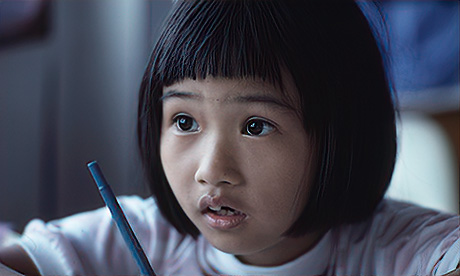A programme in 2021 that attempts to instruct children that puberty is a gift from God and “sexual love” is best expressed within the sacrament of marriage might reflect the church’s best hopes for our youth.
In reality, it’s about as much use as telling kids they could try using crossed fingers as contraception.
It has no relevance to the real conditions in which they will find themselves.
Parents know this.
They see the uselessness of lecturing Gen Z children that “the church’s teaching on marriage between a man and a woman cannot be omitted” when, according to a recent US poll, nearly 40pc of their age group identify as LGBTQ+.
They recognise the futility of trying to insert Catholic morals into a conversation on sex when, by the time they are 12 years of age, 53pc of Irish boys and 23pc of girls have already accessed pornography online and will be using it as the basis for their own self-directed learning about the etiquette and norms surrounding sexuality in the digital age.
They despair of the fruitlessness of framing sexuality as an expression and instrument of God’s love when, in a few years’ time, they will be waving their children off to third-level institutions where the rates of sexual harassment and assault are shockingly high.
There’s not much that prayer can do to protect them then.
Social Democrat TD Gary Gannon wants to see access to secular, medically-based sex education guaranteed to every school-going child in the State, starting from primary.
Last week, he introduced a bill that would enshrine that right in law.
He is concerned sex education should not cast old shadows of shame over relationships that do not conform to the ones sanctioned by the church.
He wants a programme that provides “objective information, precisely because of religious teaching that places one form of relationship in a hierarchy over others”.
Most Irish adults would probably agree sex education should be inclusive.
But in this regard, society and the dynamism of youth has already done a great deal of the work.
It’s hard to imagine that teenagers today, confronted with much of the material in the Flourish programme, with its heteronormative message, would do anything other than laughing it off as a ridiculous relic from another age.
I finished my primary education in the early 1990s.
I was in an all-girls convent school and I still remember the collective mortification the day our headmistress, Sister Dominic, made an ill-judged attempt to enlighten us about the ways of the world before we headed off to the bright lights of secondary school.
She got a few sentences into her speech about the birds and the bees, but fell apart at the word “penis”.
After a few failed attempts to say it, she turned bright red and ran out of the room.
But we can’t afford to be blushing and running out of the room where sex education is concerned, especially given the challenges facing school-age children today as they approach adulthood.
A new Relationships and Sexuality Education programme is being drafted that places consent front and centre, which is welcome and much needed. Policy-makers, we are assured, are in the process of re-evaluating what we need sex education to achieve.
At the moment, the goal of risk reduction and sexual health means sex education programmes are concerned mostly with avoiding accidental pregnancy and sexually-transmitted disease.
But a more enlightened approach to sex education in schools would follow the Norwegian model and would not balk at the notion of addressing the importance of sex for pleasure and as an instrument of personal and relational well-being. Continue reading
Additional readingNews category: Analysis and Comment, Palmerston.




